|
Yesterday I had my first go at making "cheese" from nuts, (in this case, almonds from last years harvest here in our garden in Spain). Its been a food I've been thinking about making for a while and a quick Google search demonstrates making nut cheese is something that a lot of other folks are doing too! - I used a few ideas from others and added in some of my own for good measure. So here is the finished result this morning ...and now, how I went about it For a small cereal type bowl of finished cheese I soaked about 40 almonds for 24 hours in slightly salted water - I then rinsed them, and blended them with just enough water to cover, the juice of one large lemon and 2 cloves of garlic The mix was then placed in a sieve over a bowl and left in the fridge to drain for another 16 hours - chopped mint, parsley and chilli, along with salt, were added and mixed in well.
The result, a 'cream cheese' consistency and mild nutty gorgeous tasting cheese to use as a topping, filling or spread. Using a cheese cloth and pressure could produce a firmer cheese, taking the skins off the nuts would give a more 'cheese' colour, and adding an additional lemon would give a further 'tang' Earth Care - all the ingredients were grown in our garden with very little input Fair Shares - I think a lot of my friends would also like this yummy addition to a reduced dairy/vegan diet People Care - so many beneficial nutrients from the ingredients used. Ticks a big box in a plant based protein diet.
0 Comments
This time last year I wrote a post about how we had started to implement a design to improve the fertility and water retaining properties of the soil in our garden in Andalucia. Over the year we have already noticed a big difference in the structure of the soil and water retention in the areas we treated. This year, as planned, we decided to chip the fresh almond tree prunnings as they happened. These then included lots of leaves which added an increased nitrogen concentration to the chips. Like many topics in permaculture design there is an ongoing healthy discussion about the pros verses the cons of using woodchip as a mulch to improve soil. Rather than discuss these here, I have linked to some of the main points in other articles, at the end of this post. Our observations had indicated that here using wood chip as a mulch was likely to be beneficial and worth including as part of our soil design. After several weeks of sitting in a heap, being exposed to both heavy rainfall and warm sun, the chips had started to heat up and the inner area already had lots of evidence of fungal activity commencing. The beds we are building to grow lots of annual edible plants, were either mulched with a layer of goat manure or overwintered beans last year, which meant that they will tolerate the big spike of carbon the wood chips will initially bring, much more effectively. A deep layer of the beautiful chipped mixture was added to all the beds from last year, and as a mulch around the trees planted over the last 2 years too. Im going to be closely observing the areas mulched over the next year to analyse the immediate effects of the almond wood chip/leaf mix. I'll also be comparing the health and growth of the same species and varieties of annual edible plants: - planted 1) in the wood chipped mulched areas, 2) areas which had manure only added (last year) and 3) in areas of the garden where we have not changed the soil at all yet. I've read some great accessible articles about the use of wood chip in edible gardens, both benefits and possible challenges - some of my favourite ones are listed below Building garden soil with wood mulch - Mother Earth News Woodchips- the secrets to effortless, inexpensive biodynamic gardening - Mercola 5 things you should know about wood chip mulch - Reformation Acres Mulches and mulching - Royal Horticultural Society Why we should use woodchips better - The Telegraph  So, today I'm pleased to be able to co-ordinate some time to write, with it being the correct day to write about #ThreeThingsThursday. You can read more about this regular day of appreciation and gratitude here #1 - This week I was part of a fab group of people in my local community in Spain, who got together to chat about composting toilets! We met at Trinity and Paul's home, who are keen have a composting loo as part of their guest facilities. As a group we came up with hopefully what will be a great design for them. I'll hopefully be writing more about the compost loo here as the design progresses! We also got to see some of the beautiful permaculture inspired garden design work, Clair, another friend, had been undertaking on the land. #2 - Its been the second week of my annual leave from my nursing work, and I've really enjoyed spending many hours of each day sat in the sun reading books and hanging out with my furry family! #3 - bean, cucumber, courgette and squash seeds sown last week are already starting to make a very welcome appearance for the edible garden here in Spain
Today has a been a beautiful day and I've very much been inspired to join in with Three Things Thursday - An Exercise in Gratitude again. The sun has shone on a crisp, cold January Thursday, and I have been off work. I had a beautiful walk up Buckden Pike with little, George the Jack Russell, from the fab George Inn at Hubberholme, followed by a trip to spend time at the farm further up the Dale. My currently 'pausing' Edible Garden is to the naked eye, overgrown and abandoned. On closer observation, the raised beds and growing baby trees were full of birds and other evidence of all kinds of diverse, healthy flora and fauna flourishing. As the sun went down and I made my way back to Skipton, I called into one of my favourite Fair Trade shops, Namaste, which I visit about twice a year, and bought some lovely new clothes there, with money my dad had sent me for my birthday. And then to finish the day I met my lovely freind, Yvonne, a wonderfully talented textiles artist, for chats about art, life, death an getting older, over great Kashmiri food at The Aagrah. Yvonne gave me these beautiful felted gloves she had made. You can check out her website here. So actually, many more than three things to be gateful for today. Looking forward to more Thursday gratitude reflections throughout 2017.
Chillies, almonds, sowing winter seeds, designing wild spaces, planting and cooking by the full moon, gifted food.....gratitude
Today we started to harvest our almonds. We have about 20 trees or so and the cases of the nuts have just started to split, meaning they are good to go! We are planning on using the shells and casings from the nuts as part of our mulching system this winter.
As a way of healthily coping with the aftermath of Thursday's EU Referendum vote Ive decided to; learn, do, read or listen to a new solutions focused thing each day. Ive been thinking about creating a solar cooker ever since we arrived in Spain, so I thought I might as well start off my new daily pattern with giving it a go. As you can see, my equipment isnt complicated. A garden chair, a pan with a glass lid and a foil backed beach mat! I decided as a first meal try to use ingredients that cooked fairly quickly, in order to have more chance at success. 9 am (as the sun was getting hot) - I placed chopped courgettes, whole garlic cloves and chillies, a splash of olive oil, seasoned with salt into the pan, lid on and tilted it within the chair to the sun. 1pm - The pan was too hot to touch. All ingredients were nice and soft - I added some chopped tomatoes, chard, basil and parsley and gave the whole thing a stir. I placed the pan on its bottom and curled the beach mat around its sides a little more to ensure the pan gained maximum benefit from the middle of the day sun. In addition this protected the pan from cooling down as a response to the fairly strong breeze that had arrived. 3.30pm - Everything was cooked perfectly, it smelled and tasted amazing. Cooker dismantled, "summer veggie garden stew" eaten with rice, greek yoghurt and toasted seeds. And a real success with solar slow cooking - meals created with the pure energy of the sun. I will be using this throughout the summer, trying out many different meals. Like cooking on outdoor fire (which here in Andalucia we cant do in the summer because of wild fire risk), Its such a lovely way to connect further with the rituals of nourishing ourselves and the environment. A little slideshow about some of the Edible Garden goings on!
I love buying my seeds from Tamar Organics and The Real Seed Catalogue I've been being enjoying picking edible flowers from the garden to use in nearly every meal Ive eaten this week ...peppery nasturtium, cool cucumber borage, citrusy calendula and the amazing almost fine pastry qualities of the courgette and squash flowers. Once heated (baked, grilled, shallow fried), the overlaps of petal almost glue together, making the large circubit flower perfect casing for a yummy range of fillings. In the photo above, Ive fried finely diced courgette fruit with garlic in olive oil and mixed with cooked rice, chopped coriander and parsley, mozzarella and black pepper, and then grilled for 15 minutes until golden brown. There's a lovely article from Steph Hafferty in the current (PM88) edition of Permaculture Magazine detailing more recipes using edible flowers - and an accompanying online post introducing these diverse floral foods here
Over the last week I’ve been going a lot of thought to a design for improving and maintaining soil fertility and increased biodiversity of fauna, here in our garden in the Andalucian hills. With the permaculture ethic of people care ever central to my design work, one of the other functions of the design is to constantly beneficial connections with the other people who own and farm the land in our local community. Here in March, there is a beautiful abundance of diverse spring flowers, which grow naturally as ground cover. Many neighboring landowners spray their land with glyphosate to get rid of the cover. For some of the olive and almond farmers, its done to make harvesting the crops easier. For others, the reason seems to be a mix of making the land look ‘neat’ and tidy, alongside reducing fire risk in the summer. The bare land looks and feels dead…any rain that falls erodes the soil. Many of the farmers who spray under trees, then apply large quantitates of synthetic fertilizer to improve the next years harvest. Our land has been sprayed routinely, until we moved here last year. The soil lacks much organic matter at all, although its been encouraging to see an increased worm life in the garden over this winter.  Kale and chard, mulched with chopped and dropped 'weeds' Kale and chard, mulched with chopped and dropped 'weeds' In the past we have used cow/chicken manure from our animals, alongside home made compost to increase fertility in our edible garden in Yorkshire. Here in Spain we are thinking about stock free systems for our design, which so far includes: - * Growing borage, and hopefully comfrey later. These are amazing pollinator attractors, deep rooted movers of nutrients, and we will be composting the plants, and making fertilizer ‘tea’ from the leaves to feed fruiting edible plants. * Chopping and gathering nettles for a ‘tea’ to feed plants in their growing stage (nitrogen). * Chopping and dropping many of the ground cover ‘weeds’ (leaving some to flower for pollinators, and because they look pretty). This will add organic matter as well as mulch between plants, ensuring less evaporation of water from the soil and exposure to the sun. * Strimming large areas of ground cover under trees, leaving the soil covered and the roots present, minimizing erosion, reducing loss of water and nutrients from the soil, but hopefully will look neat and be a minimal fire risk near to the ground. * Growing beans as nitrogen fixers, and for added organic matter * Chipping pruned branches, using the chipped wood as mulch. |
my blogregular updates and reflections about the permaculture designs in my life archives
December 2020
categories
All
|












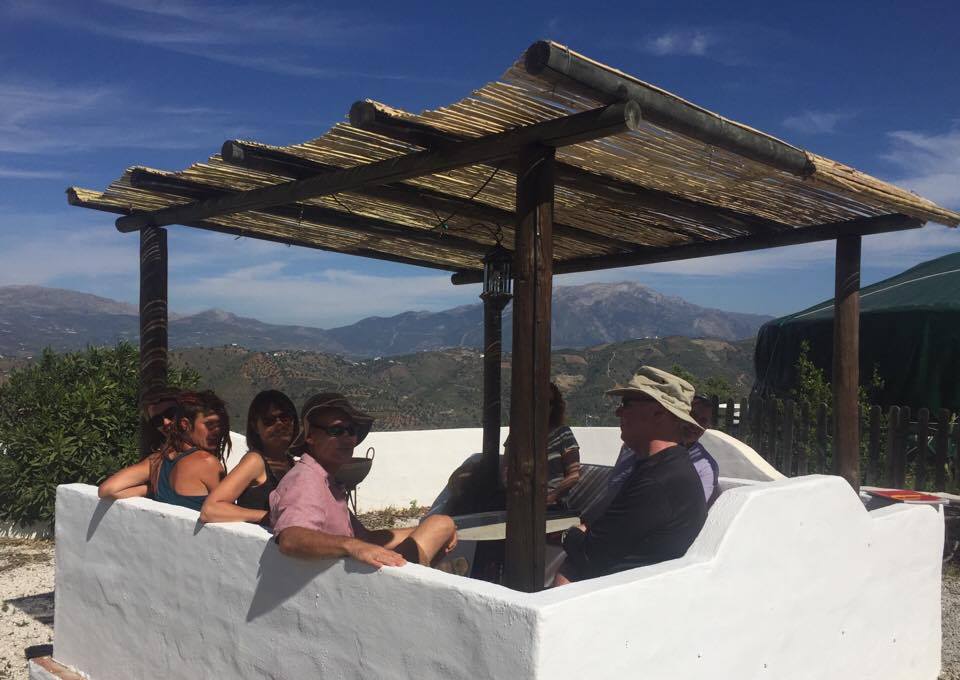
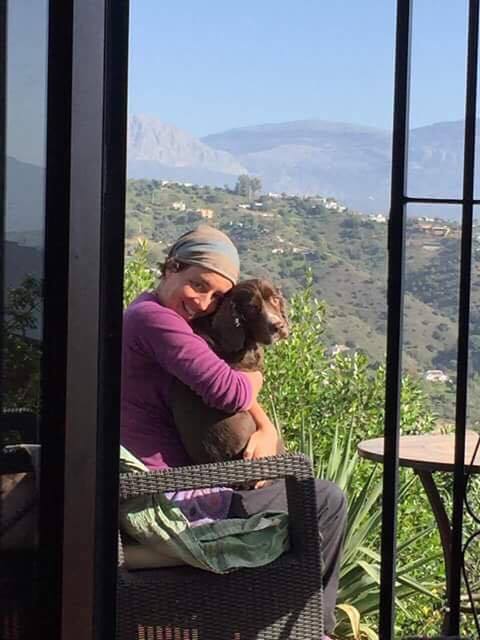










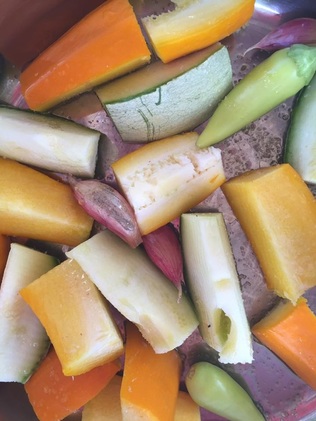


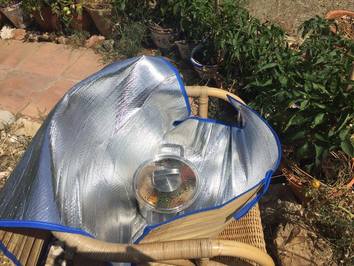
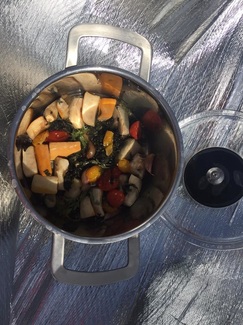







 RSS Feed
RSS Feed